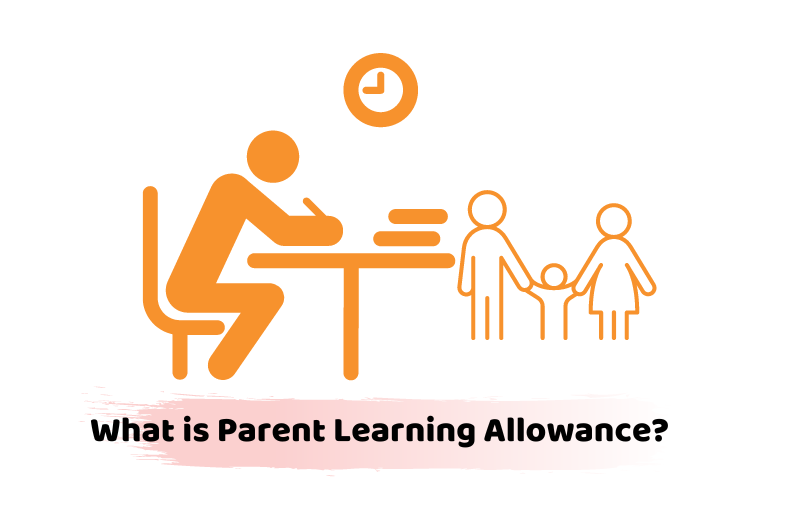In the 2015 Summer Budget [1], the Chancellor announced new proposals to restrict what landlords can claim against tax. As a result, it’s now even more crucial that landlords ensure they understand the profitability of their buy-to-let portfolio.
According to the National Landlords Association, 31% of single-property landlords and 17% of those with between 2 and 4 properties either lost money or only managed to break even on their properties between April and June this year [2].
Such financial juggling is easier when landlords were able to claim a percentage of the mortgage interest they paid against their marginal tax rate, which could be as high as 45% for some earners.
However, from 2017 landlords may only be able to claim tax relief on their mortgage interest payments at the basic tax rate of 20% [3]. Under current plans, the new rule will be phased in gradually over 4 years.
If you currently claim for interest relief and pay 40% or 45% tax, or expect to do so in the future. You may find that you have to pay more income tax on any buy-to-let income than you do currently. But if you only pay the basic rate of income tax (20%) and this doesn’t change, then you probably won’t see any difference.
Say your buy-to-let property generates a rental income of £10,000 a year, while you pay £9,000 interest on your annual mortgage payments.
Rules
Under the current rules, you would receive tax relief on the full amount of interest on your mortgage payments, no matter what level of income tax you pay. You’d only pay income tax on the difference.
So if you’re a basic-rate taxpayer, you would pay 20% income tax on £1,000 (£200). If you pay the higher rate of tax (40%) you’d owe £400, while if you pay the 45% additional income tax rate, it would be £450.
Under the new proposals, the amount that higher and additional rate taxpayers need to pay in income tax will rise. You can claim only 20% of mortgage tax in relief, rather than the full amount.
If you pay the higher rate of income tax (40%), you would owe £2,200 in income tax, an additional £1,800 compared to the current rules. Those who pay the additional 45% tax rate would owe £2,700, an extra £2,250.
That’s not all that may be changing. From April 2016 onwards, the Chancellor has proposed that you’ll only be able to claim for ‘wear and tear’ costs on furnished rental properties by providing itemized receipts that show the replacement goods you’ve purchased or repairs you’ve carried out [4]. Currently, you’re given an allowance regardless of your expenditure [5].
To avoid the surprise of new rules prospective landlords and those with existing properties need to work out how their plans will be When planning, remember that just as these rules are changing now, they might do so again in the future. The effect of tax rules always depends on individual circumstances and these too can change. Bear in mind that we don’t offer tax advice. If you have further questions, please speak to a financial adviser.
Safety rules are changing
Landlords must already follow certain safety rules. These include obtaining an Energy Performance Certificate for a property before advertising it to tenants [6], as well as an annual Gas Safety Certificate [7] for their property’s boiler and other gas appliances. New measures include rules for preventing legionnaire’s disease [8] and for fitting smoke and carbon monoxide alarms [9].
To encourage landlords to meet their responsibilities, the government is proposing new rules to make it more difficult for them to evict a tenant if the property’s appliances don’t have a current Gas Safety Certificate [10].
Focus on the long term
With changing tax rules and tighter regulations introduced for buy-to-let landlords. It’s vital to think carefully about the type of investment you want to make. Properties can offer both asset growth through rising house prices and an income from rents – although neither of these can be guaranteed; values can fall and any rent might exceed outgoings.
Another point to consider is your own level of involvement. Managing a property with multiple individual tenants or a large portfolio of separate properties takes time and involves lots of paperwork.
Once you’ve decided on your priorities, you’ll need to think about location. Ben Newman, a buy-to-let specialist at property company Savills, says it’s all about the level of risk you’re happy to take on. “For example, if you want a good income then you’ll have to invest in an area where yields [annual gross rent as a percentage of a property’s value] are high,” he says. “To achieve that, you may have to invest in an unfamiliar property market.”
If you’re thinking about investing in buy-to-let, bear in mind that it’s a relatively high-risk and illiquid investment. Also remember that, just as tax rules are changing now. They could change again in the future and their effect on you will depend on your circumstances – which can also change.
( courtesy – Barclays )





















































